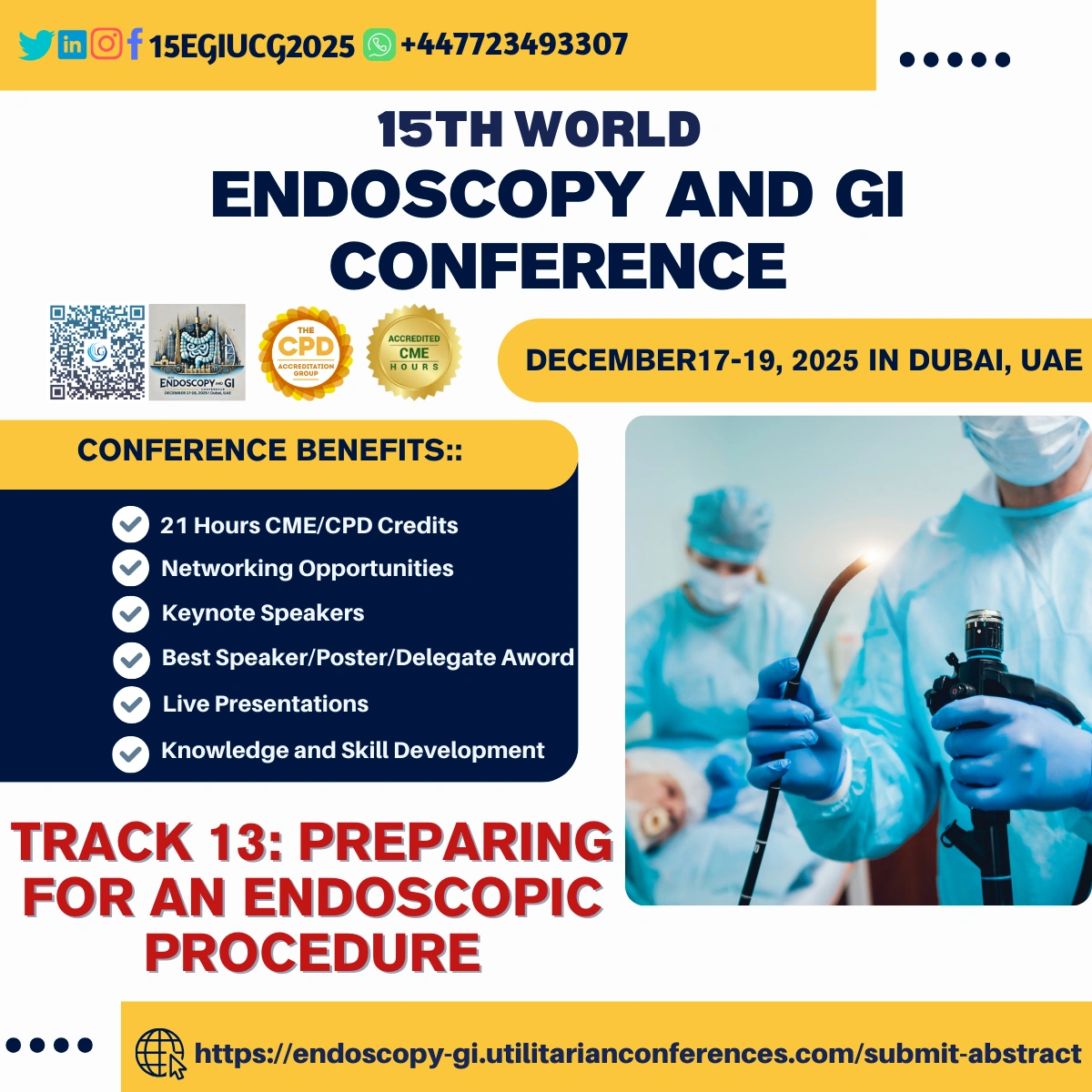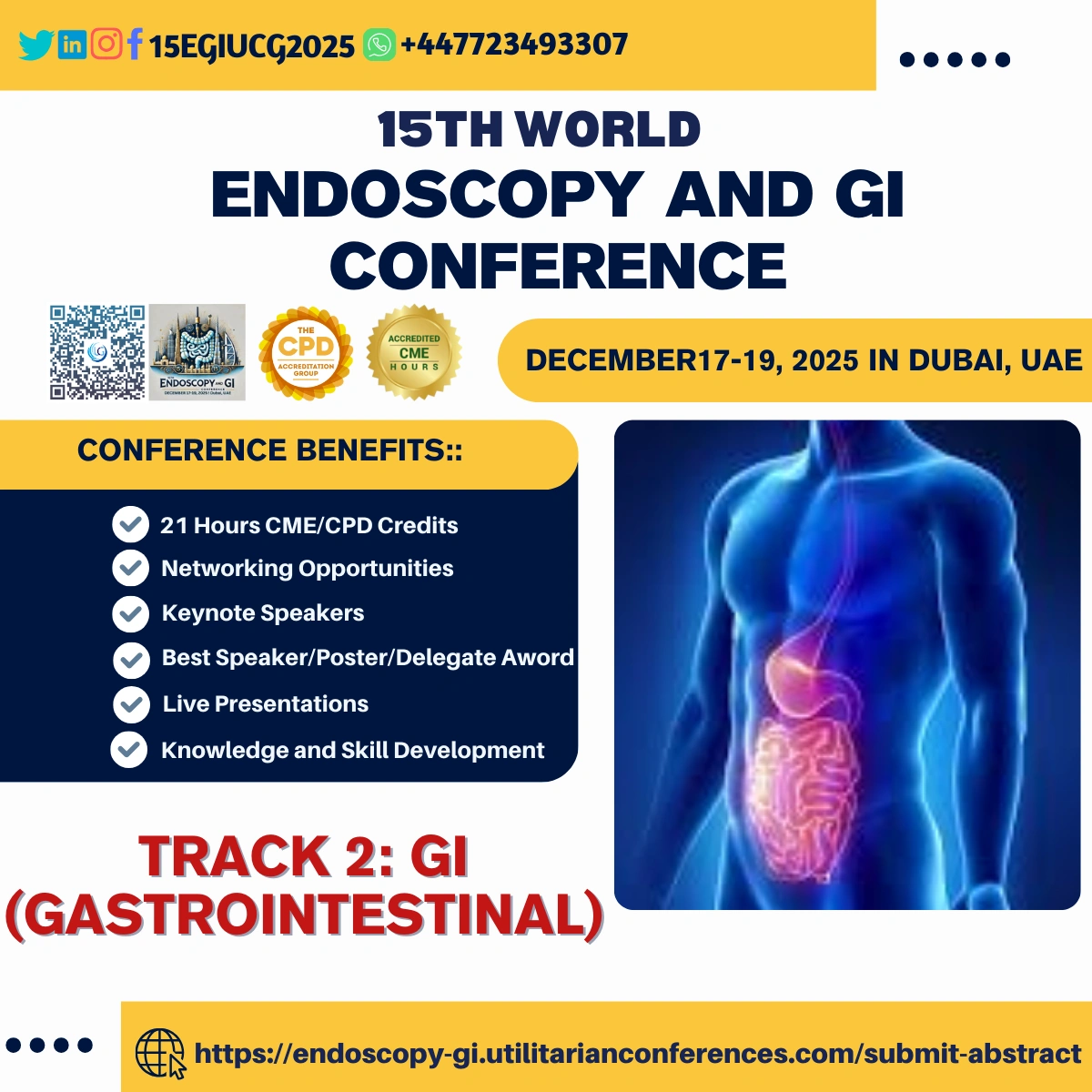Preparing for an Endoscopic Procedure involves a series of steps aimed at ensuring that the procedure is safe, effective, and minimally uncomfortable. Endoscopic procedures are used to examine the inside of the body, most commonly the gastrointestinal tract, respiratory system, or other cavities. Proper preparation is essential to ensure clear visibility, reduce risks, and achieve the best outcomes. Here’s an overview of the key elements involved in preparing for an endoscopic procedure:
1. Initial Consultation
- Medical History Review: The doctor will inquire about your medical history, including any previous endoscopic procedures, chronic health conditions (such as heart disease, diabetes, or respiratory issues), and any allergies, particularly to medications or sedation.
- Medications: The doctor will ask about any prescription or over-the-counter medications you are currently taking. Certain medications, like blood thinners, may need to be stopped before the procedure to reduce the risk of bleeding. It’s important to inform the healthcare provider about any medication adjustments or specific instructions regarding when to resume them.
- Pre-Procedure Instructions: The healthcare team will provide you with detailed instructions regarding food, drink, medications, and other preparations before the procedure.
2. Fasting Instructions (Food and Drink Restrictions)
- General Fasting Guidelines: For most endoscopic procedures, you will be asked not to eat or drink for a certain period before the procedure. This is usually between 6 to 12 hours depending on the type of procedure. Fasting ensures that your stomach is empty, allowing for better visualization and reducing the risk of complications such as aspiration.
- Clear Liquids: Depending on the procedure, you may be allowed to drink clear liquids (e.g., water, broth, clear juice) up to a few hours before the procedure. However, solid foods should be avoided.
- Special Diets: For certain procedures like a colonoscopy, you may be instructed to follow a special diet and consume a bowel prep solution to cleanse your intestines.
3. Bowel Preparation (For GI Endoscopy Procedures)
For procedures like colonoscopy or other lower GI endoscopies, bowel preparation is critical to ensure that the colon is free of stool, which could obscure the view:
- Laxatives or Bowel Cleansing Solutions: You may need to take a prescribed solution or laxatives, which you drink before the procedure to clean out the intestines. It’s essential to follow the instructions carefully and drink the solution as directed.
- Dietary Restrictions: You might be asked to switch to a low-fiber or clear-liquid diet a few days before the procedure. This helps prepare the colon for the procedure.
- Hydration: Staying hydrated during bowel preparation is important, as the laxatives can cause fluid loss.
4. Sedation and Anesthesia Considerations
Most endoscopic procedures are performed with sedation or anesthesia to ensure patient comfort:
- Conscious Sedation: Many procedures, such as upper endoscopy (EGD) or colonoscopy, are done under conscious sedation. This helps you relax, and you may feel drowsy but remain awake and responsive.
- General Anesthesia: In some cases, especially for pediatric patients or more complex procedures, general anesthesia may be used, where you will be completely asleep during the procedure.
- Sedation Consent: You’ll be asked to sign a consent form for sedation. The healthcare provider will explain the type of sedation and the potential risks associated with it.
- Fasting for Sedation: It’s crucial to follow strict fasting guidelines if sedation or anesthesia is involved to minimize the risk of aspiration (when food or liquid enters the airway during sedation).
5. Arrangements for Transportation and Post-Procedure Care
Since sedation is often used, you should not drive or operate heavy machinery after the procedure. Here’s what you need to do:
- Arrange for a Ride: Plan for a responsible adult to drive you home after the procedure. Most patients are not allowed to leave the facility on their own due to the lingering effects of sedation.
- Post-Procedure Monitoring: After the procedure, you will be monitored until the sedation wears off. Once you are awake and alert, you may be allowed to leave.
6. What to Wear
- Comfortable Clothing: Wear loose, comfortable clothing to the procedure. You may be asked to change into a hospital gown, depending on the type of procedure.
- Remove Jewelry: Remove any jewelry or accessories, especially those that could interfere with the equipment or cause discomfort.
7. Special Considerations for Certain Conditions
Patients with specific conditions may have additional preparation instructions:
- Diabetes: If you have diabetes, you’ll need instructions on managing your blood sugar levels. You may need to adjust your medication schedule before and after the procedure.
- Heart or Lung Conditions: If you have any heart or lung conditions, the medical team will take special precautions regarding sedation and anesthesia.
- Pregnancy: If you are pregnant, inform your doctor as certain procedures may not be recommended during pregnancy, especially in the first trimester.
8. Pre-Procedure Testing
Some procedures may require additional testing before the endoscopy:
- Blood Tests: To assess clotting ability, kidney function, or other relevant factors.
- ECG: An electrocardiogram (ECG) may be done to check for heart-related issues, especially in patients with cardiovascular risks.
9. Understanding the Procedure
It’s important to understand what the procedure will involve, including:
- What to Expect: Your healthcare provider will explain the procedure, how long it will take, and any expected discomfort. They’ll also explain any potential risks and complications.
- Post-Procedure Expectations: After the procedure, you may feel groggy from sedation. Depending on the procedure, there may be temporary symptoms, such as bloating, cramping, or a sore throat.
10. Risks and Complications
Although endoscopic procedures are generally safe, there are some risks involved, including:
- Infection: There’s a small risk of infection, especially if a biopsy or tissue removal is performed.
- Bleeding: Some bleeding may occur, particularly if a biopsy is done or a lesion is removed.
- Perforation: A rare but serious complication is a perforation (tear) in the gastrointestinal tract, which may require surgery.
- Adverse Reactions to Sedation: Some patients may have allergic reactions or other adverse effects from sedation.
Conclusion
Preparing for an endoscopic procedure is an essential part of ensuring that the examination or treatment goes smoothly. It involves following fasting instructions, adjusting medications, understanding the role of sedation, and making necessary arrangements for transportation and post-procedure care. By adhering to the preparation guidelines provided by your healthcare provider, you can help ensure a safe and effective procedure with minimal risks.
Sub Topic: Pre-Procedure Medical Evaluation, Reviewing medical history and current health, Fasting and Dietary Restrictions, Bowel Preparation for Gastrointestinal Endoscopy, Sedation and Anesthesia Considerations, Arrangements for Transportation, Special Considerations for Specific Conditions, Protocol for patients with heart, lung, or other chronic conditions, Pre-Procedure Testing and Assessments, Understanding the Endoscopic Procedure, Overview of the procedure to be performed, Risks, Complications, and Informed Consent.





